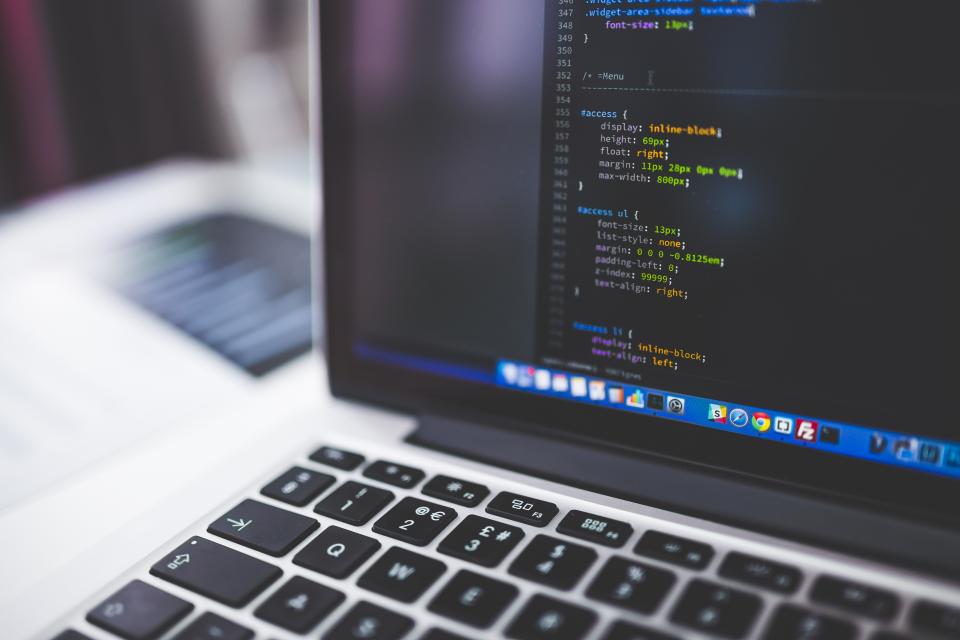Coding is an essential skill in today’s digital world. Whether you want to build websites, create mobile applications, or automate tasks, learning to code can open many doors. This tutorial will introduce you to the fundamentals of programming and help you get started on your coding journey.
Choosing a Programming Language
Before you begin coding, you must choose a programming language. Here are some popular options:
- Python: Great for beginners due to its simple syntax and vast libraries.
- JavaScript: Essential for web development.
- Java: Commonly used for mobile and enterprise applications.
- C++: Useful for game development and high-performance applications.
Setting Up Your Development Environment
To start coding, you’ll need a development environment. Here are some tools you might need:
- Text Editors/IDEs: Visual Studio Code, PyCharm, or Eclipse.
- Compilers/Interpreters: Python Interpreter, GCC for C++.
- Version Control: Git and GitHub for tracking changes.
Understanding Basic Programming Concepts
- Variables and Data Types:
- Variables store data values.
- Common data types include integers, floats, strings, and booleans.
- Control Structures:
- Conditional Statements (if-else) control decision-making.
- Loops (for, while) repeat a block of code multiple times.
- Functions:
- Functions help organize code into reusable blocks.
- Object-Oriented Programming (OOP):
- OOP uses objects and classes to structure programs.

Coding tutorials play a crucial role in making programming accessible to everyone. Here’s why they matter:
- Structured Learning: Tutorials provide a step-by-step approach to learning, making complex topics easier to understand.
- Hands-on Experience: Many tutorials include exercises and projects, helping learners apply what they’ve learned.
- Time-Saving: Instead of sifting through scattered resources, tutorials present information in an organized manner.
- Encourages Problem-Solving: Coding tutorials challenge learners to think critically and develop problem-solving skills.
- Bridges the Skill Gap: They help beginners gain the necessary skills to transition into software development careers.
Next Steps
Once you’re comfortable with the basics, you can explore:
- Web Development: HTML, CSS, and JavaScript.
- Data Science: Python and libraries like Pandas and NumPy.
- Mobile App Development: Swift for iOS, Kotlin for Android.
- Game Development: Unity with C#.
ChatGPT Prompt for Coding Tutorial
Role: You are a programming instructor.
Context: Create a structured coding tutorial to teach [TOPIC] using [LANGUAGE].
Steps:
- Identify and explain fundamental concepts with examples.
- Provide step-by-step guidance with clear explanations.
- Incorporate hands-on exercises for practice.
You can also use the search function to find the best prompts for ChatGPT.